DAY-1 FREEDOM FIGHTERS.
Determining the category of the first day was a no-brainer. We recognize that many of the names listed within this category are probably household names by now. Nevertheless, we can not move forward without honoring those individuals who epitomized the essence of the character that lies at the core of their true identity. They fought for the freedom of their people in the face of imminent death and catastrophic loss that was difficult to imagine. Nevertheless, they selflessly moved the fight forward even when they determined that they may not see the fruits of their labor in their lifetime. Enjoy our collection and join us in celebrating their spiritual-tenacity, perseverance, wisdom, and most of all, love for their people.
They fought for the freedom of their people in the face of imminent death and catastrophic loss that was difficult to imagine.
FREEDOM FIGHTERS SACRIFICED EVERYTHING
HARRIET TUBMAN AND SOJOURNER TRUTH
Harriet Tubman was an escaped enslaved woman who became a “conductor” on the Underground Railroad, leading enslaved people to freedom before the Civil War, all while carrying a bounty on her head. But she was also a nurse, a Union spy and a women’s suffrage supporter. Tubman is one of the most recognized icons in American history and her legacy has inspired countless people from every race and background.
Watch Video Overview of Harriet Tubman and Sojourner Truth
Advocacy for Harriet Tubman’s photo on the $20 bill
Sojourner Truth was an African American evangelist, abolitionist, women’s rights activist and author who lived a miserable life as a slave, serving several masters throughout New York before escaping to freedom in 1826. After gaining her freedom, Truth became a Christian and, at what she believed was God’s urging, preached about abolitionism and equal rights for all, highlighted in her stirring “Ain’t I a Woman?” speech, delivered at a women’s convention in Ohio in 1851. She continued her crusade for the rest of her life, earning an audience with President Abraham Lincoln and becoming one of the world’s best-known human rights crusaders.
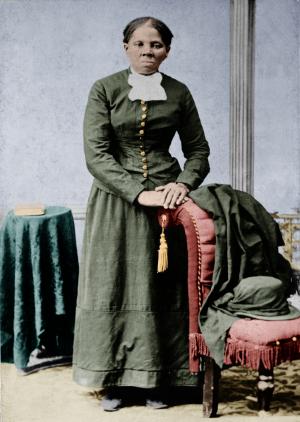
Harriet Tubman 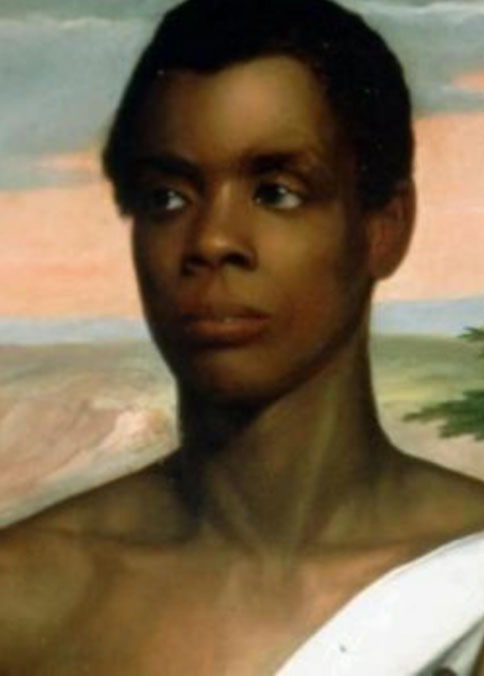
Joseph Cinque 
Sojourner Truth 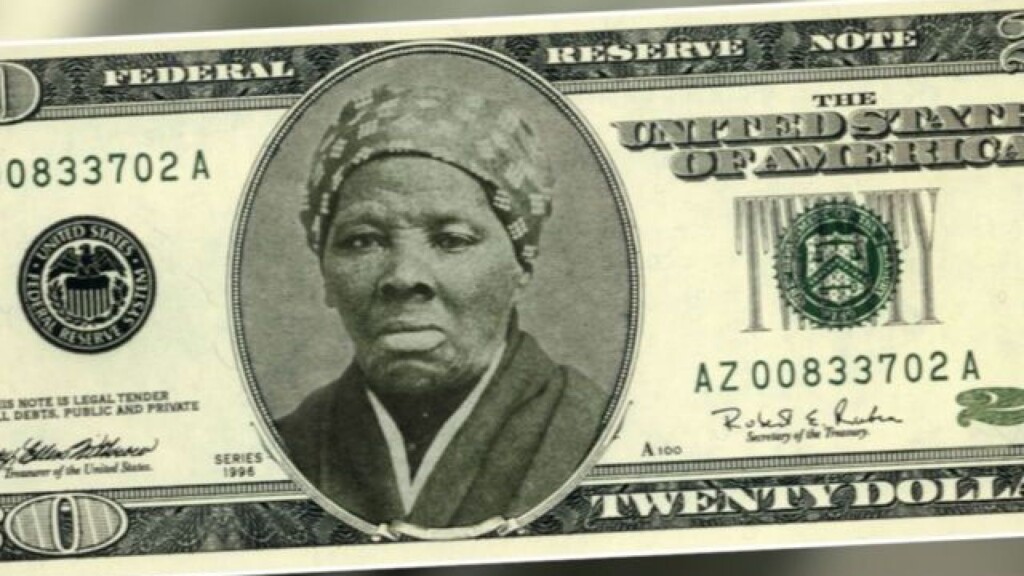
SENGE PIEH AND FREDERICK DOUGLASS
Sengbe Pieh (Joseph Cinque) In August 1839, a U.S. brig came across the schooner Amistad off the coast of Long Island, New York. Aboard the Spanish ship were a group of Africans who had been captured and sold illegally as slaves in Cuba. The enslaved Africans then revolted at sea and won control of the Amistad from their captors. U.S. authorities seized the ship and imprisoned the Africans, beginning a legal and diplomatic drama that would shake the foundations of the nation’s government and bring the explosive issue of slavery to the forefront of American politics.
Frederick Douglass was an escaped slave who became a prominent activist, author and public speaker. He became a leader in the abolitionist movement, which sought to end the practice of slavery, before and during the Civil War. After that conflict and the Emancipation Proclamation of 1862, he continued to push for equality and human rights until his death in 1895.
JOHN MORRISON AND THE CATARACT HOUSE
Cataract House (Niagara Falls) Niagara Falls, one of the seven natural wonders of the world, is often thought of as awe-inspiring and a must-do tourist destination for people from all over the world. The power of Niagara Falls is more than the natural phenomenon of the Falls themselves, or the harnessing of the hydropower of the Niagara River, but importantly, the tension between slavery and freedom during the years of the Underground Railroad.
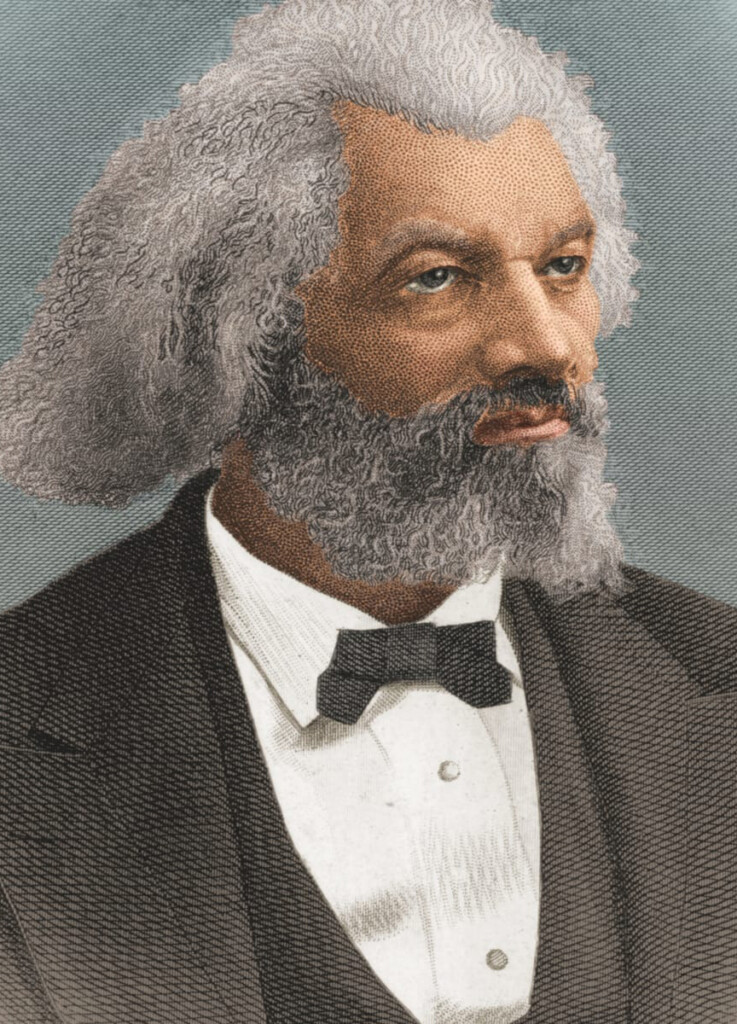
Frederick Douglass 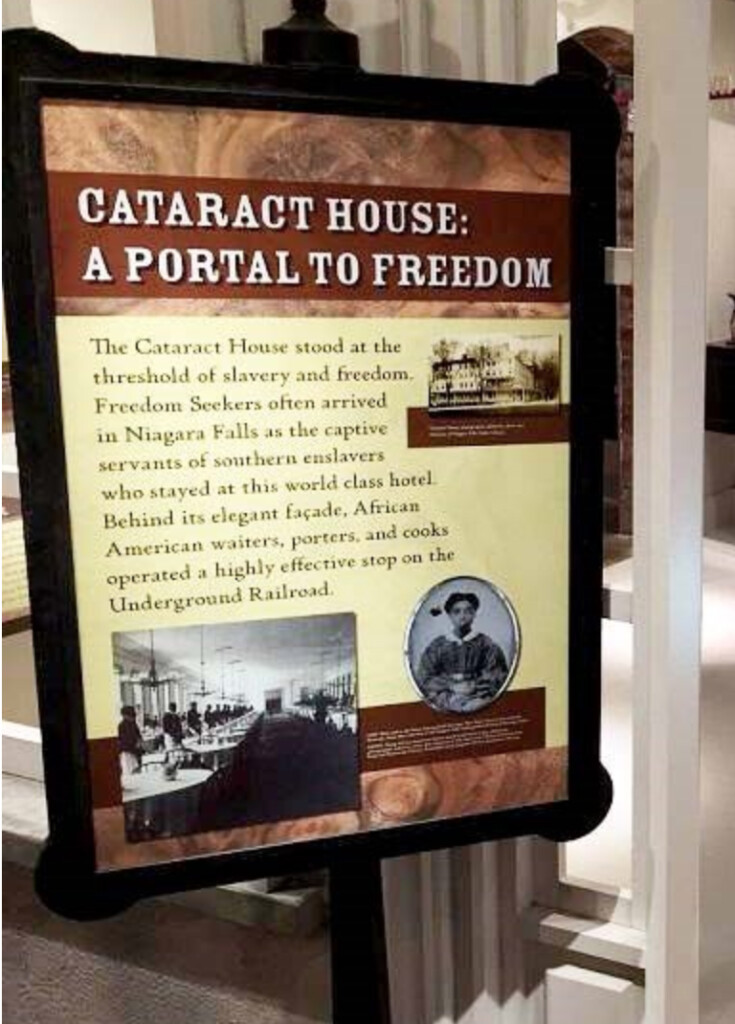
Cataract House 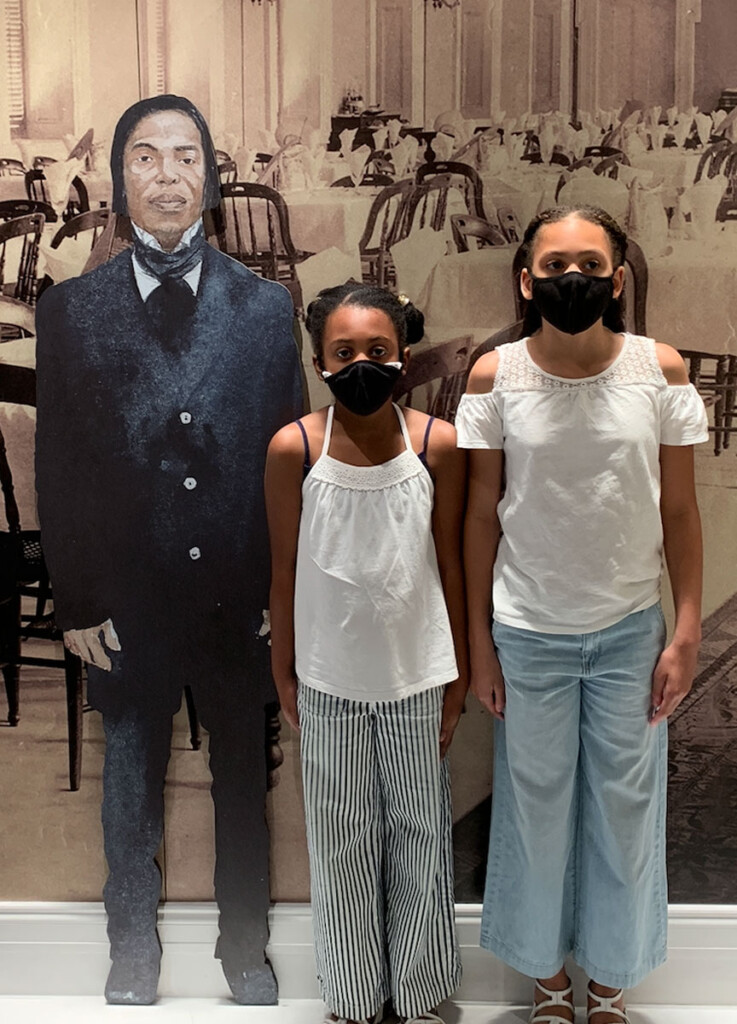
John Morrison 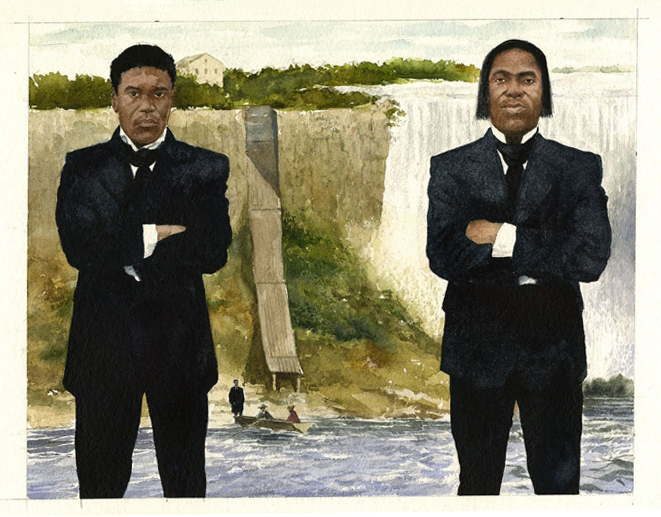
Prior to and during the Civil War, the Niagara River was one of the final destinations before entering Canada for persons escaping slavery in the South. The network of assistance for freedom seekers arriving in Niagara Falls included African Americans who worked as wait staff in the flourishing Niagara Falls hotel and tourism industry. According to J.H. French in 1860, “No places of equal size on the Continent have a greater amount of hotel accommodations than these.” The waiters who assisted freedom seekers on their journey to freedom in Canada made Niagara Falls one of the most important locations of the powerful struggle between slavery and freedom.
Content provided courtesy of History.com and Britannica.com All Rights Reserved.


